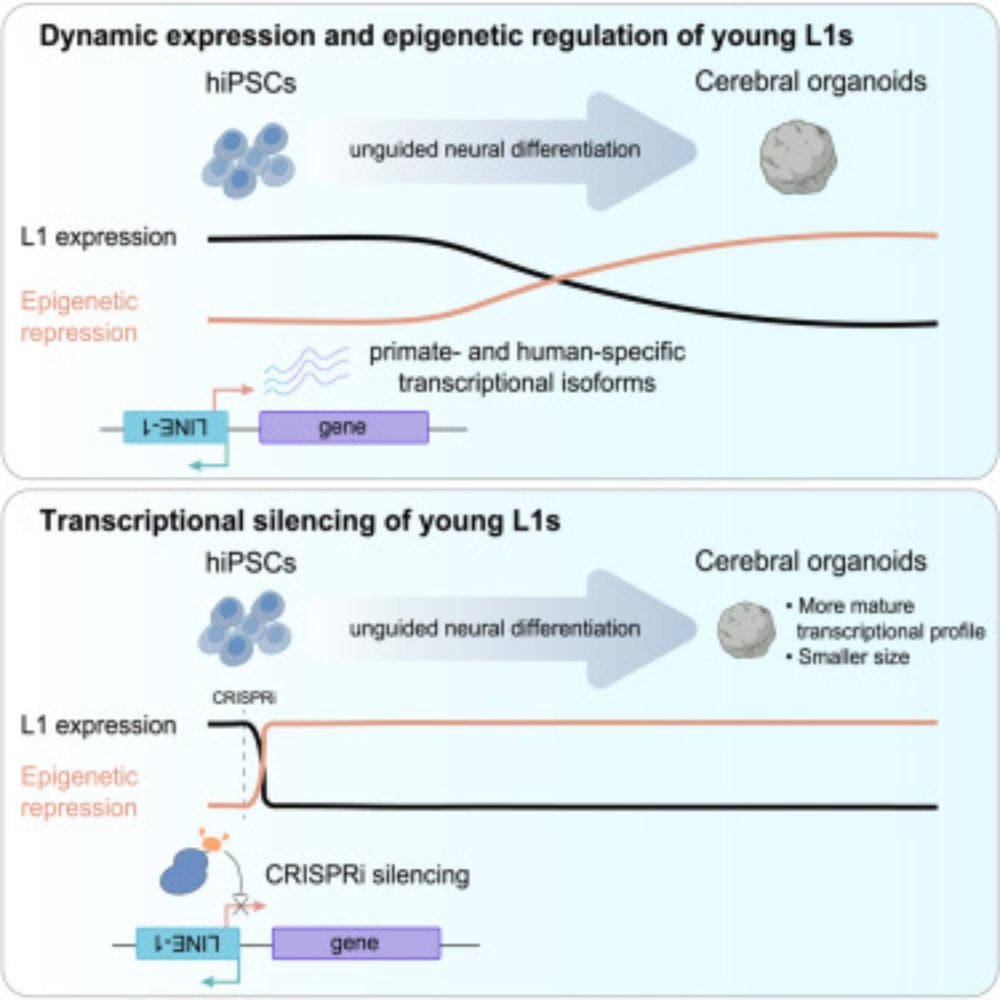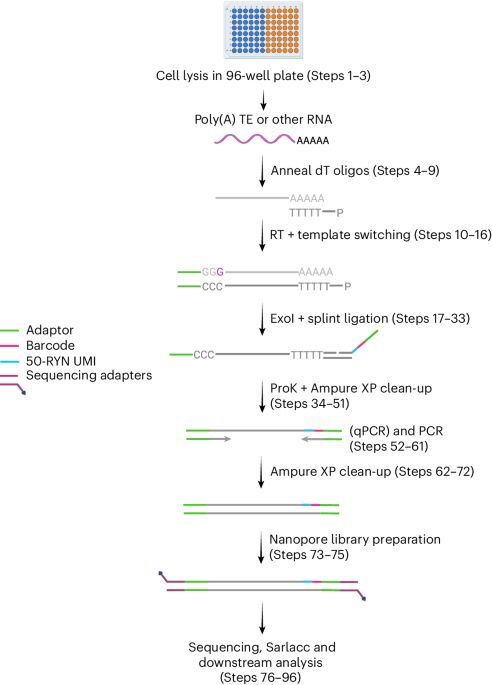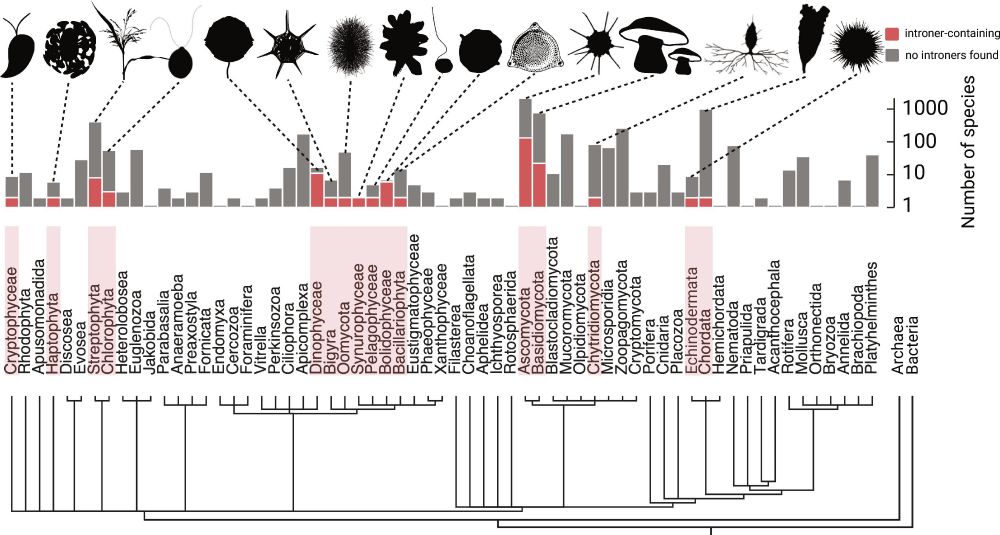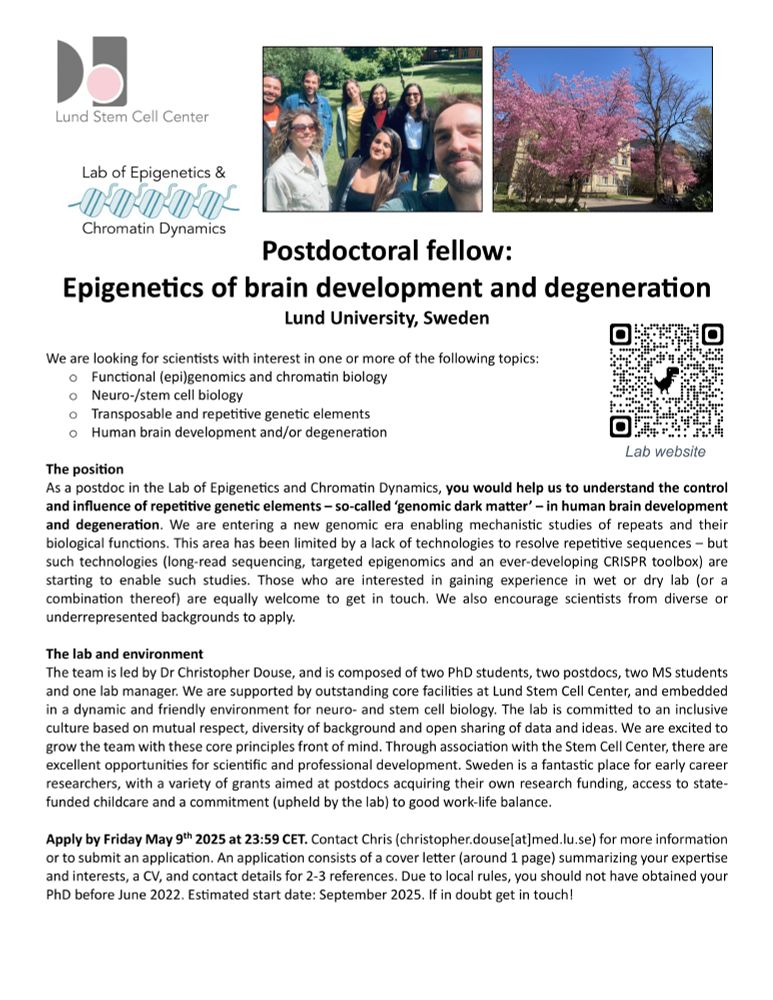📣 Recruiting a #postdoc to study #cancer #neuroscience #3Dgenomics #multiomics #singlecellomics
🔬How neural inputs shape #3Dgenome and #cellplasticity in #glioblastoma #GBM
Interested? Apply now 👇
rb.gy/m7xz7b

📣 Recruiting a #postdoc to study #cancer #neuroscience #3Dgenomics #multiomics #singlecellomics
🔬How neural inputs shape #3Dgenome and #cellplasticity in #glioblastoma #GBM
Interested? Apply now 👇
rb.gy/m7xz7b
➡️ 'Transposon-mediated evolution of human immune gene regulation' AKA Stranger Genes 👁️🔦
presented by Edward Chuong (University of Colorado Boulder, USA) @edchuong.bsky.social @colorado.edu @gonzalezlabbcn.bsky.social




➡️ 'Transposon-mediated evolution of human immune gene regulation' AKA Stranger Genes 👁️🔦
presented by Edward Chuong (University of Colorado Boulder, USA) @edchuong.bsky.social @colorado.edu @gonzalezlabbcn.bsky.social
www.biorxiv.org/content/10.1...

www.biorxiv.org/content/10.1...
www.pnas.org/doi/10.1073/...

www.pnas.org/doi/10.1073/...
academicjobsonline.org/ajo/jobs/30607
academicjobsonline.org/ajo/jobs/30607
www.biorxiv.org/content/10.1...

doi.org/10.1002/advs...

doi.org/10.1002/advs...

Funded by @asapresearch.parkinsonsroadmap.org
www.cell.com/cell-genomic...

Funded by @asapresearch.parkinsonsroadmap.org
www.cell.com/cell-genomic...

Below is a brief description of the major findings. Check the full version of the paper for more details: www.nature.com/articles/s41588-025-02248-5

Below is a brief description of the major findings. Check the full version of the paper for more details: www.nature.com/articles/s41588-025-02248-5
www.nature.com/articles/s41...

www.nature.com/articles/s41...
Today we celebrate the birthday of Barbara McClintock - scientist extraordinaire and discoverer of jumping genes. Still the only woman to have an unshared Nobel Prize in the biomedical sciences #TransposonDay2025

Today we celebrate the birthday of Barbara McClintock - scientist extraordinaire and discoverer of jumping genes. Still the only woman to have an unshared Nobel Prize in the biomedical sciences #TransposonDay2025
www.biorxiv.org/content/10.1...

www.biorxiv.org/content/10.1...
👉 “Gene regulatory networks linked to GABA signalling emerge as relevant for glioblastoma pathogenesis” #Glioblastoma #GB #GRNs #multiomics #GABA #CancerNeuroscience #ML #GBM
📝 Read the #BioRxiv here:
doi.org/10.1101/2025...

👉 “Gene regulatory networks linked to GABA signalling emerge as relevant for glioblastoma pathogenesis” #Glioblastoma #GB #GRNs #multiomics #GABA #CancerNeuroscience #ML #GBM
📝 Read the #BioRxiv here:
doi.org/10.1101/2025...


Loss of H3K9me3 maintenance in human neural progenitor cells leads to transcriptional activation of L1 retrotransposons
www.biorxiv.org/content/10.1...

Loss of H3K9me3 maintenance in human neural progenitor cells leads to transcriptional activation of L1 retrotransposons
www.biorxiv.org/content/10.1...
For 10 years, #UniStemDay at Lund Stem Cell Center has invited students to step into the lab, meet scientists & explore science. This year, 200 joined us for hands-on experiments & career inspiration!
📖 Read more:
www.stemcellcenter.lu.se/article/unis...

For 10 years, #UniStemDay at Lund Stem Cell Center has invited students to step into the lab, meet scientists & explore science. This year, 200 joined us for hands-on experiments & career inspiration!
📖 Read more:
www.stemcellcenter.lu.se/article/unis...
biorxiv.org/content/10.110…

biorxiv.org/content/10.110…


